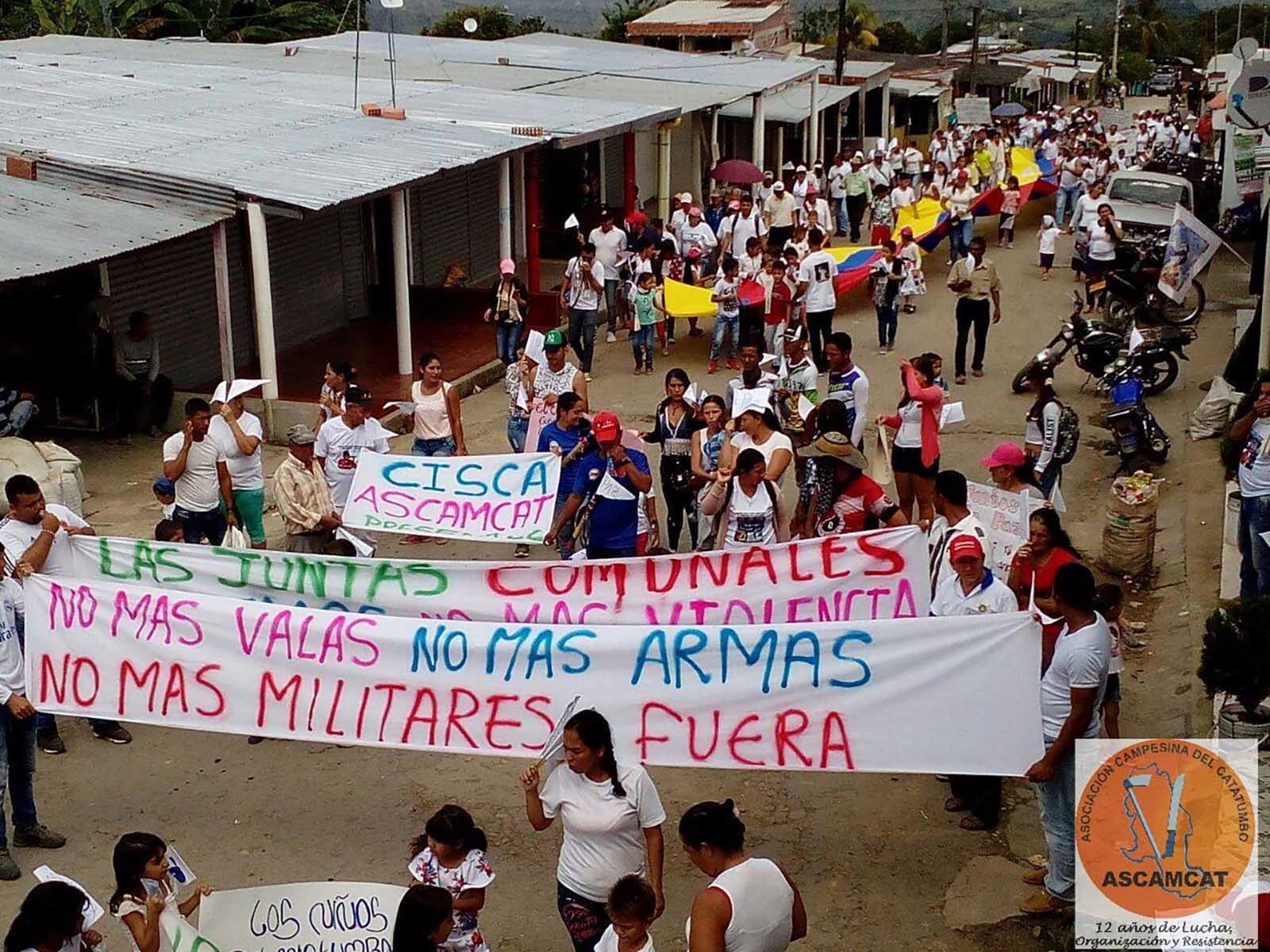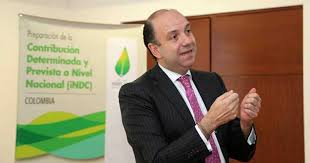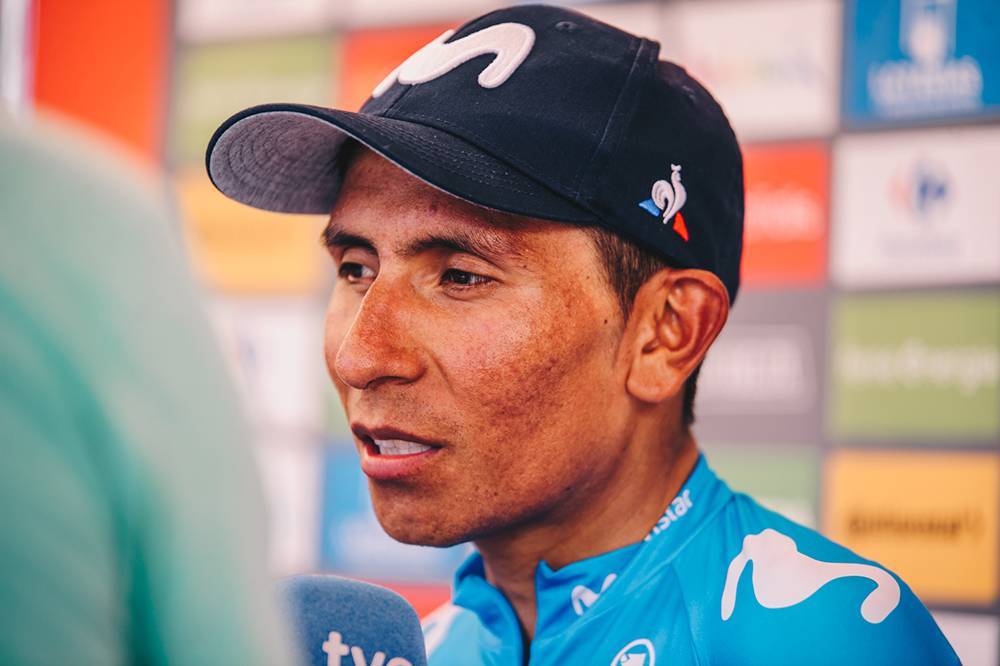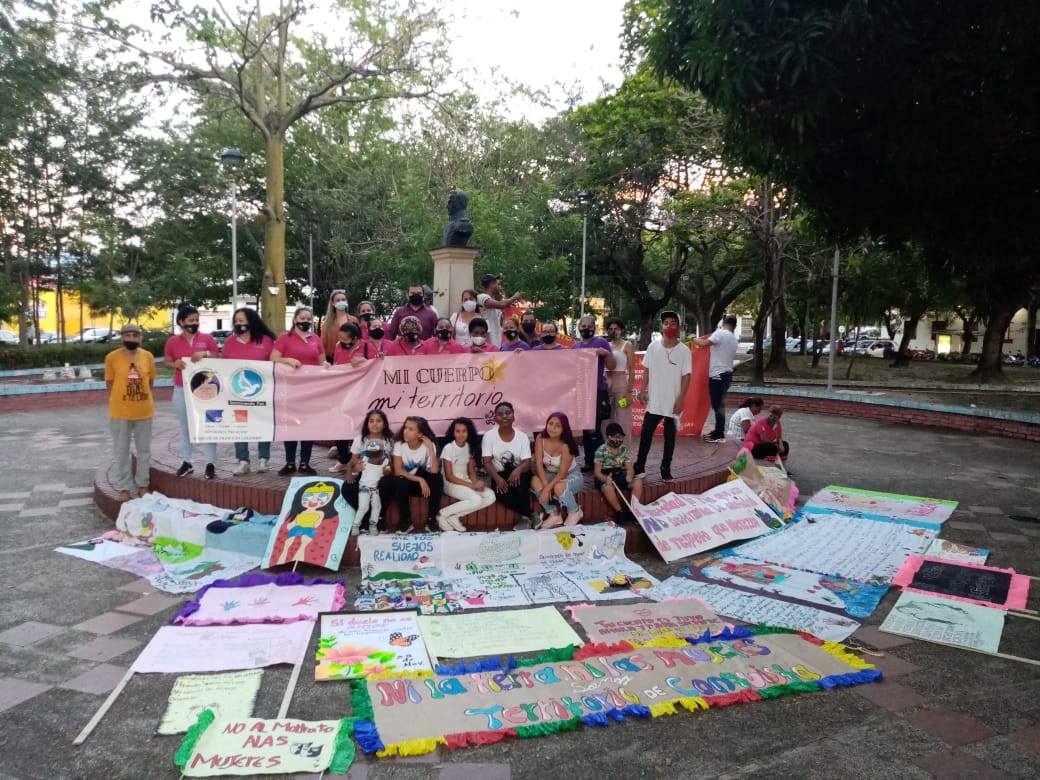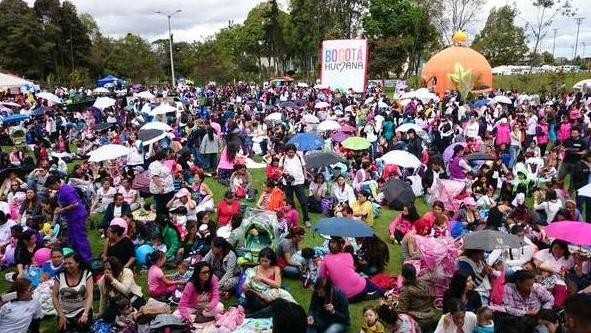Friday 22 November saw a whirlwind of news hit Bogotá during the curfew, both true and false.
On a sunny Saturday morning that feels like a Sunday, Bogotá woke up with a hangover from fake news. Last night saw a whirlwind of information and alerts along with plenty of conspiracy theories. Sifting the fact from the fiction has been hard to do. We’re trying our best here at the Post.
We’re not rejecting the accusations of state interference out of hand – in the country of falsos positivos, that’s absolutely a possibility. Equally, it’s absolutely believable that criminal gangs would take it into their own hands to roam around certain parts of Bogotá in invasion scenes resembling The Purge. So, what to believe?
What are the narratives? Vandal hordes or government conspiracy?
There’s a strong media narrative being pushed to support the idea of ‘vandal hordes’ (hordas de vándalos) roaming around the city. This explains the curfew and shows the authorities as protective. The video of a bus reversing into an Ara supermarket, shown from both the inside and outside, certainly backs this up.
Fears were stoked by a flurry of messages that claimed the emergency phone number – 123 – had stopped working. And supposed ‘official’ warnings circulated earlier in the day that organised groups were ready to rob ‘everything they could.’
This narrative led to calls for people to band together and arm themselves with sticks so they could fight back – vigilante homeowners ready to fight off the marauding gangs. Or at the very least all wear white clothes to better spot the evil dark-clothed invaders.
There’s also a narrative that says this is a government conspiracy – that the ‘vandal hordes’ have been organised by the authorities themselves in order to justify their own curfew and control the population. These supporters point to the fact that little was stolen in any of the invasions. The videos showing vandals being dropped off in vans, which the police have denied, add weight to this story.
So, were there home invasions?
There were definitely large groups of sometimes armed men moving around the city last night and attacking various conjuntos, especially towards the outskirts of the city like La Castilla, Engativá, Patio Bonito and Pontevedra, as well as Tintal, Hayuelos and Villas Granadas among others. These invasions are undeniable. The questions are who they were, why they were there and what they were doing in the invasion? The message is the same – suspiciously so – from all around. Vandals are invading conjuntos and trying to get into buildings. Gunshots are often also reported.
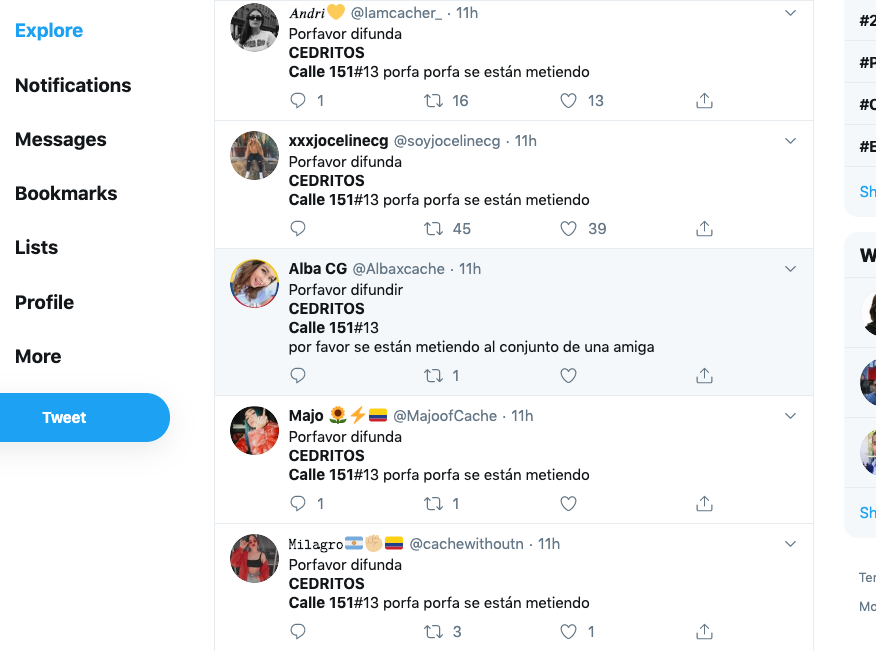
Some videos feature vans arriving with the invaders jumping from them. The police have said these are fake news. Of course, it’s possible that people were simply cutting and pasting each others’ messages. The same videos are tagged with different locations and it’s unclear if they are even from last night’s disturbances.
It certainly seems strange that so few actual robberies have so far been confirmed. Peñalosa himself admitted that there had been few robberies and that this was an “orchestrated plan to cause panic.” What motive is there for armed groups to go all the way into a conjunto and then leave with nothing? They were carrying guns, apparently, yet were pushed back by citizens with sticks?
The accusation is that the vandals were paid and that the social messages were orchestrated to sow fear among the population. And to link the protests to mindless violence, to personalise the fear by striking directly at people’s emotional core – their literal homes. The other accusation is that this can be used to justify increased police and military presence and powers, which is of concern when one of the reasons that people are protesting is a lack of faith in state institutions.
A platform for racism
For sure, some Venezuelans were involved in some of the disturbances and invasions. That appears to be a simple fact. The question here is to what degree this is connected to nationality. Many reports focus on Venezuelan involvement, with various tweets mentioning the “unmistakable accents” of those involved. The authorities have also pushed this link, even before the protests started.
It would be unthinkable if no Venezuelans had been involved in the events of last night, given the numbers of Venezuelans currently in Bogotá. But it’s certainly not the majority of Venezuelans causing trouble, and the invasion gangs do not seem to be solely made up of Venezuelans. It ties nicely with the supposed fears of castrochavismo and of the Foro de Sao Paulo that is being pushed by Uribe and the Centro Democrático.
Did the curfew work?
The curfew seems to have been sporadically enforced – people were walking in the streets as late as 23:30 seemingly with little trouble in some zones of the city, mainly the more affluent parts.
Read more on Colombia’s national strike:
November 21 in photos
“Police has been respectful to protocols” – Peñalosa
All about Colombia’s national strike
And, while we’re on the subject of narratives, many commentators question the justification for the curfew itself. There were certainly violent clashes and buildings were damaged on November 21, along with a slew of transmilenio stations. But given that over 200,000 people went out to demonstrate, it really does represent only a fraction of the protests. This focus on the violence and the curfew itself moves attention away from the reasons people are angry and effectively silences the legitimate protestors.
Aside from a few altercations in the centre, where the police limited access to the Plaza Bolívar and tear gas was launched at peaceful protestors in the late afternoon, there were very few clashes between police and protestors yesterday. Our journalists were out in several parts of the city and what we saw was peaceful – pot banging, dancing and banner waving.
So what should we believe in the end?
In truth, while we journalists like to have one clear black and white story, things are rarely that simple. Someone clearly stirred up a storm of fear on social media last night, but whether that was the government, the Russians or any number of groups with vested interests, we’ll probably never know.
And given the governing Conservative party in the UK rebranded their twitter account to ‘factcheckUK’ in an attempt to deliberately mislead the public, perhaps we can all remember to take what we read and see on social media with a pinch of salt. And of course, anyone can put a label of fake news on anything they don’t agree with. What we can do is try to get as much information as possible on the reports we receive and be as truthful as possible.
We are a volunteer-run organisation with no agenda beyond telling the truth as best we can. But if you ever think we get it wrong, please tell us – and if you want to help keep independent media alive, please get in touch.

